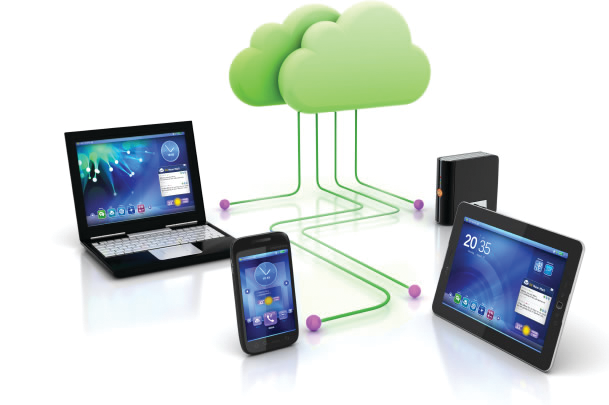From the September 2012 issue.
Everyone keeps saying my firm should transition to the cloud, but what is the cloud?
The cloud refers to solutions and services that allow users to securely create, manage, store and share data and files remotely in real-time.
Erik Asgeirsson, President and CEO of CPA2Biz, points out that the cloud is more than a group of desktop programs that have been put in a data center. “The cloud consists of web-based solutions which are built in a way that supports multiple users,” explains Asgeirsson. “In the consumer market, examples are Dropbox, online banking and Gmail. In the CPA market, cloud solutions include Bill.com, Intacct, and Salesforce.com. Those are true cloud solutions.”
My firm handles a lot of confidential data and I need to make sure that my clients’ information doesn’t end up in the wrong hands. Is the cloud secure enough to accomplish this?
With SOC 2 certification, data encryption and physical safeguards in place at data centers, the cloud offers a level of security often unmatched by firms that store data in-house. Many cloud solution providers have a rigorous backend process to ensure no one from the outside can assess data physically or virtually. This usually includes such measures as security guards present at checkpoints surrounding the physical data center where servers are housed, firewalls and firewall protection and ongoing testing to identify and resolve any access points vulnerable to attack by hackers. Frequent backups to remote servers also offer protection against natural disasters.
I think I’m ready to embrace the cloud, where do I start?
The first step in successfully transitioning to the cloud is to evaluate your current workflow and processes. Identify how you would like to operate in the cloud and then create a plan to successfully implement cloud technology and train your staff and clients on using it.
“The biggest issue I’ve seen our customers deal with is lack of planning,” says Christina Kellerhals, Product Manager – Web Services & Mobile at Thomson Reuters. “They want to move to the cloud, but many of them do not even have paperless processes in place or any idea how they would like to use the technology to improve their business workflow. Take the time, research, reach out to vendors and spend the money up front on testing, training and consulting. It’s worth it and your firm will reap exponential benefits.”
Bill.com CEO and Founder Rene Lacerte suggests firms adopt a graduated transition strategy. “Take one cloud application and learn it first. Get your customers accustomed to it before moving on to the next. Focus on one app at a time and gradually roll out each app over a specified period of time.“
Things to remember:
- Stay committed. It’s important to have the firm completely committed before you start the transition. If the staff within the firm is apprehensive about moving to the cloud, it will be more difficult to convince your clients that you are making the right move.
Michelle Wiseman, CPA, Director of Shost & Company, P.C., recalls how reluctance made her firm’s transition to the cloud more difficult. “We went into the programs halfway. We were not 100 percent committed to the cloud being our definite solution moving forward and as a result, it made for a slower transition.”
- Be flexible. As with any change, there will be hiccups and the changes to the process. Work through the hiccups and focus on the end results. It’s okay if the process changes a bit.
- Diversify. More and more vendors are offering cloud services, giving firms and their clients many options to choose from. Whereas with desktop software, users may have needed to only use solutions from one provider, today, they can choose the best among multiple users creating a suite of products that help them serve their clients more efficiently.
- There’s an app for that. With an increased focus on the cloud, mobility and the BYOD movement, providers are creating applications specifically designed for mobile devices, allowing their users to be productive away from the office.
Brian Diffin, Chief Technology Officer and Technology Shared Services Vice President at CCH, suggests professionals familiarize themselves with the applications available to them. “There are a lot of cloud apps and services available for mobile devices that perform different workflow functions,” explains Diffin. “Spend time each week finding out what’s available to increase productivity. By doing that, you can significantly reduce how much time you work each day.”
(BOXOUT)
Questions to ask potential vendors:
- What type of encryption does your software use to transmit and store data?
- Is the data stored in a SOC2 certified data center?
- Have you ever experienced any security breaches?
- Do you perform regular security testing and third-party audits?
- What issues, if any, will I have integrating this application into my current workflow?
- Can I restrict access to data at anytime?
- Is there a bandwidth limit I should be aware of?
- What kind of training do you offer for my staff and clients?
Thanks for reading CPA Practice Advisor!
Subscribe Already registered? Log In
Need more information? Read the FAQs
Tags: Technology





